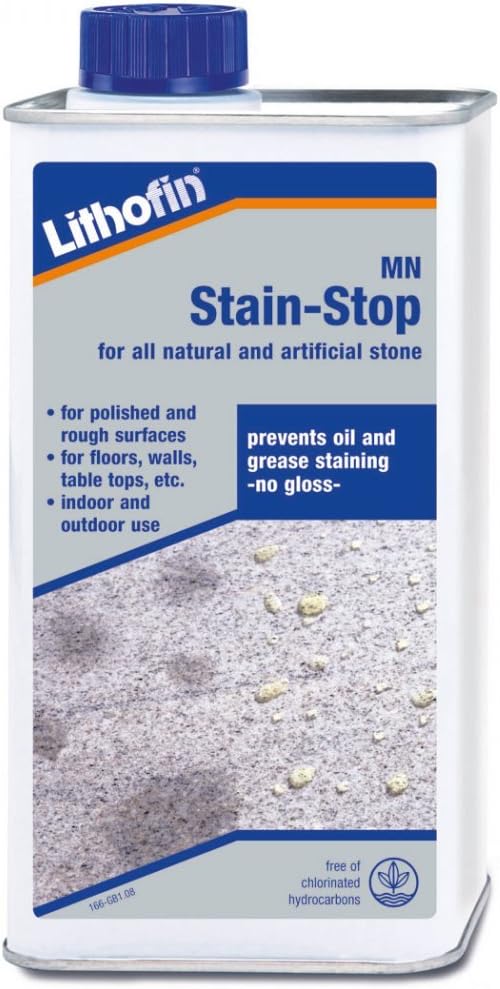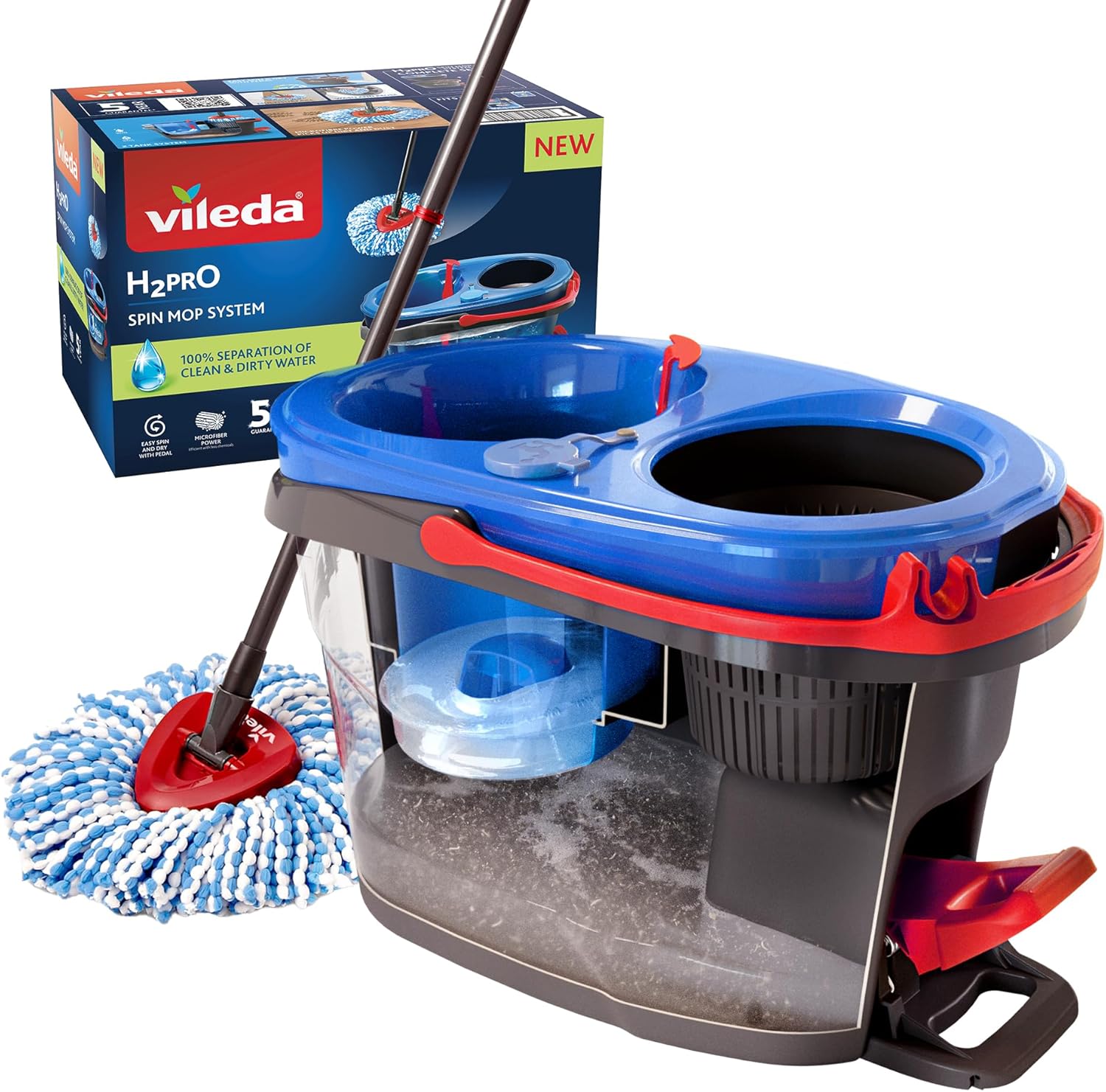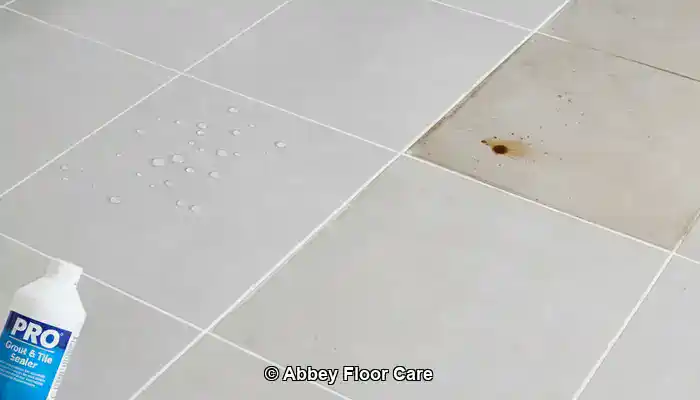
Last Updated on November 8, 2025 by David
Essential Insights: Understanding How Often You Should Reseal Your Porcelain Tiles for Maximum Longevity
- Porcelain tiles are generally designed to be low-maintenance and may not require surface sealing; however, it is crucial to reseal grout lines every 1 to 2 years. This practice is vital for protecting against staining and preventing moisture absorption that could lead to structural issues.
- In areas with high foot traffic, such as kitchens and hallways, resealing should be performed more frequently than in low-traffic spaces like guest bathrooms, where the wear and tear on surfaces is significantly less.
- Utilising the water drop test is a straightforward yet effective method to determine if resealing is required—if water is absorbed into the tile or grout, this is a clear indication that resealing is necessary.
- Selecting the appropriate sealer is essential and depends on the specific tile type and its location. For instance, penetrating sealers are particularly effective for unglazed porcelain and grout to provide optimal protection.
- Common mistakes to avoid include over-sealing, using harsh cleaning products, or disregarding the maintenance of grout lines. These pitfalls can diminish the effectiveness of resealing and may even result in damage to the flooring.
Explore the Various Types of Porcelain Tiles and Their Unique Benefits
Professional Recommendations: Top Products for Effective Grout Cleaning and Daily Maintenance

Fila Pro Floor Cleaner
|

Lithofin MN Stain Stop
|

Vileda H2PrO Spin Mop System
|

Understanding the Key Differences Between Glazed and Unglazed Porcelain Tiles for Informed Choices
Porcelain tiles come in two primary finishes: glazed and unglazed. Glazed porcelain tiles are coated with a protective layer that is baked onto their surface, providing increased stain resistance and a wide array of aesthetic options. Conversely, unglazed porcelain features a natural, matte finish, often preferred for its superior slip resistance and durability, making it an excellent choice for high-traffic areas. While glazed tiles usually do not necessitate sealing, unglazed tiles, due to their porous nature, require regular resealing to avert moisture absorption and staining.
Understanding the Key Distinctions Between Ceramic and Porcelain Tiles for Smart Selections
Although ceramic and porcelain tiles are frequently confused, they exhibit significant differences in terms of density, water absorption rates, and overall durability. Porcelain tiles are fired at higher temperatures, resulting in a denser and less porous material compared to ceramic. This characteristic makes porcelain particularly suitable for environments that experience high moisture levels, such as kitchens and bathrooms. By acknowledging these distinctions, homeowners can establish appropriate sealing schedules and select cleaning products that meet their specific needs.
Discovering the Rising Popularity of Porcelain Tiles in UK Homes for Stylish Interiors
In recent years, the demand for porcelain tiles has skyrocketed within homes across the UK. This surge can be attributed to their low maintenance requirements, aesthetic adaptability, and compatibility with underfloor heating systems. Their ability to mimic the appearance of natural stone or wood, combined with outstanding durability, makes them a highly desirable option for both modern and traditional interior designs. Homeowners value the longevity of porcelain, particularly when combined with proactive sealing and maintenance routines that further enhance their lifespan.
 Understanding the Importance of Resealing for Long-Term Care of Your Tiles
Understanding the Importance of Resealing for Long-Term Care of Your Tiles
Assessing the Maintenance Needs of Grout and Tile Surfaces for Optimal Performance
While porcelain tiles are typically low in porosity, especially when glazed, the grout lines tend to be more absorbent and vulnerable to staining. Although the tile surface itself effectively resists moisture, the grout in between can readily absorb spills, dirt, and cleaning solutions. Resealing establishes a protective barrier that safeguards the grout against discolouration and deterioration, particularly in high-exposure areas like kitchens and bathrooms, where moisture is prevalent and can lead to long-term damage.
Enhancing Moisture Resistance and Preventing Stains Through Regular Maintenance
Consistent resealing significantly enhances moisture resistance and reduces the likelihood of stains penetrating porous areas. In bustling areas like hallways and utility rooms, resealing helps maintain the floor’s aesthetic and prevents long-term degradation. Homeowners who commit to regular resealing can extend the lifespan of both the tiles and grout, especially in regions exposed to moisture or cleaning agents that could otherwise compromise their integrity.
Maintaining Visual Appeal and Slip Resistance of Your Flooring for Safety and Style
Over time, tiles that remain unsealed or inadequately sealed may lose their original luster, resulting in a dull or uneven appearance. Resealing helps preserve the surface shine and can enhance slip resistance, particularly when the correct product is applied. This consideration is especially important in bathrooms and entryways, where wet surfaces increase the risk of slips and falls. A well-maintained seal not only boosts safety but also improves the visual appeal of your flooring, ensuring it remains attractive for years to come.
Critical Considerations Affecting Resealing Frequency for Your Tiles

Evaluating the Impact of Foot Traffic and Room Functionality on Resealing Needs
In high-traffic zones, such as hallways and kitchens, the wear and tear are more pronounced, exposing grout to increased dirt and moisture accumulation. Conversely, low-traffic spaces like guest bathrooms or spare bedrooms may not require resealing as frequently. Homeowners should assess the unique requirements of each room instead of applying a uniform resealing schedule throughout the home, ensuring the best care for every area.
Understanding How Cleaning Products Impact Surface Durability and Sealing Efficacy
The use of harsh or acidic cleaning agents can hasten the deterioration of sealers, particularly affecting the grout lines. Even products marketed as safe for tiles can strip away protective layers if used excessively or improperly diluted. Choosing a gentle, pH-neutral cleaner helps maintain the integrity of the seal and can significantly reduce the need for premature resealing, contributing to the longevity of your flooring.
Identifying the Effects of Indoor Climate and Airflow on Sealing Performance
Humidity levels and airflow significantly affect how quickly grout and tile surfaces dry after cleaning. Insufficient ventilation can lead to prolonged moisture exposure, compromising the effectiveness of sealers over time. Homes with adequate ventilation and balanced humidity levels tend to maintain sealed surfaces for extended periods, especially in moisture-prone areas like bathrooms and utility spaces, promoting a healthier indoor environment.
Need Help with Your Tiles? Contact Us Today for Professional Guidance and Support.
How to Determine If Your Tiles Require Resealing: A Practical Guide
Identifying Signs of Wear or Absorption in Your Tiles for Timely Maintenance
Visible changes in grout colour, increased staining, or a dull tile surface can signal that the seal has deteriorated. In frequently used areas, this decline may occur gradually, making it easy to overlook until dirt becomes more difficult to remove or moisture persists even after cleaning efforts.
Performing the Water Drop Test to Assess Seal Integrity Effectively
A straightforward method for checking seal integrity is the water drop test. By placing a few drops of water onto the tile and grout, you can observe whether they bead up or penetrate the surface. If water is absorbed quickly or leaves a dark mark, resealing is necessary. This test is particularly effective on unglazed porcelain and grout lines, which are more porous and susceptible to moisture infiltration.
Recognising Signs of Surface Dullness and Grout Discoloration for Proactive Care
Tiles that appear chalky or exhibit an uneven sheen may have lost their protective coating. Additionally, grout that darkens or shows patchy staining often indicates that the seal has degraded. These visual indicators help homeowners determine whether resealing is essential, even if the flooring appears clean at first glance.
Selecting the Most Suitable Sealer for Your Porcelain Flooring: An Essential Guide
Assessing the Benefits of Penetrating Sealers Versus Surface Sealers
Penetrating sealers are formulated to infiltrate the tile and grout, creating a protective barrier while maintaining the natural appearance of the surface. These sealers are particularly suitable for unglazed porcelain and grout lines, providing moisture resistance without altering the aesthetic. On the other hand, surface sealers create a visible layer that may enhance shine or texture, but can impact slip resistance if not selected carefully.
Choosing Sealers That Are Safe for Both Tile and Grout: Ensuring Compatibility
Not all sealers are suitable for both tile and grout applications. Homeowners should look for products specifically labelled as safe for porcelain and compatible with cement-based grout. Using an inappropriate sealer can cause hazing, residue build-up, or reduced effectiveness. It is essential to scrutinise product labels and ensure compliance with UK safety regulations for long-lasting performance.
Opting for Eco-Friendly and Pet-Safe Sealing Solutions for Healthier Homes
Many modern sealers are water-based and contain minimal volatile organic compounds (VOCs), making them safer for indoor use. For households with pets or children, selecting a non-toxic, eco-friendly sealer reduces exposure risks during application and drying. These products often require less ventilation, making them easier to clean up afterwards and ensuring a healthier environment for your family.
A Comprehensive Guide to Resealing Your Tiles Effectively: Step-by-Step Instructions
Preparing Surfaces for Optimal Cleaning Before Resealing
Before resealing, it is crucial to thoroughly clean the tile and grout using a pH-neutral cleaner. This process involves eliminating all dirt, oils, and residues to ensure optimal adhesion of the sealer. Allow the flooring to dry completely, as any moisture trapped beneath the sealer can lead to hazing or uneven application, ultimately compromising the effectiveness of the seal.
Essential Tools and Techniques for Successful Application of Sealers
Select the appropriate applicator pad, microfibre cloth, or brush according to the product and surface type. Apply the sealer evenly across the tile and grout, working in manageable sections to avoid overlap marks. Adhere to the manufacturer’s instructions regarding coverage rates and be cautious of excess product pooling in grout joints, ensuring uniform coverage throughout.
Understanding Drying Times and Ventilation Strategies for Optimal Results
Most sealers require a drying time of 2 to 4 hours before light foot traffic is permitted, with a full cure taking up to 24 hours. To enhance airflow, open windows or use fans, particularly in enclosed spaces. Avoid wet cleaning or placing rugs on the surface until the seal has fully cured, as doing so could lead to imprinting or stickiness, compromising the flooring’s integrity.
Recommended Resealing Frequencies Based on Area Usage: Tailoring Care to Your Home
Evaluating Resealing Needs in Kitchens, Bathrooms, and Hallways for Optimal Protection
Typically, kitchens require resealing every 12 to 18 months due to frequent spills, cooking residues, and heavy foot traffic. Bathrooms often follow a similar schedule, especially around showers and sinks where moisture exposure is common and can lead to deterioration. Hallways may necessitate resealing every 18 to 24 months, depending on usage and foot traffic, to protect grout and maintain surface clarity.
Customising Resealing Practices for Low-Traffic Versus High-Traffic Areas: Ensuring Proper Care
In low-traffic areas, such as guest bathrooms or spare bedrooms, resealing every 2 to 3 years may be adequate. Conversely, high-traffic zones, including entryways, kitchens, and utility rooms, benefit from more frequent maintenance. Homeowners should tailor their resealing schedules based on the specific usage of each space rather than following a generic timeline, ensuring optimal care for their flooring.
Timing Resealing for Optimal Results Throughout the Seasons: Aligning with Your Schedule
The spring and early autumn months are ideal for resealing floors in the UK, as they provide moderate temperatures and favourable ventilation conditions. It is advisable to avoid resealing during periods of high humidity or extreme cold, as these factors can adversely affect drying times and the overall efficacy of the products used. Coordinating resealing efforts with seasonal cleaning routines promotes consistency and contributes to the overall health of your flooring.
Avoiding Common Mistakes When Resealing Your Tiles: Key Tips for Success
Preventing the Dangers of Over-Sealing: Maintaining Balance
Applying excessive sealer or resealing too frequently can lead to surface buildup, hazing, or sticky residues. This is particularly true with surface sealers that create a visible layer. Homeowners should adhere to manufacturer guidelines and refrain from resealing unless the previous layer has worn away or failed, preserving the integrity of their floors.
Being Aware of the Hazards of Harsh Cleaners Before Sealing: Prioritising Safety
Utilising acidic or bleach-based cleaners can compromise the integrity of the tile and grout, making it more challenging for the sealer to adhere correctly. Always opt for a pH-neutral product before resealing to ensure that the surface is safe and well-prepared. Harsh chemicals may leave residues that could hinder the effectiveness of the sealer, affecting long-term performance.
Ensuring Grout Lines Are Included in Your Resealing Process: Comprehensive Coverage
Grout is often the most vulnerable component of a tiled floor, yet it is frequently overlooked during resealing. Neglecting grout lines can result in uneven protection and accelerated staining. Use a small brush or targeted applicator to guarantee that grout receives full coverage, particularly in high-moisture areas like kitchens and bathrooms, ensuring both durability and aesthetic appeal.
Common Questions About Resealing Porcelain Tiles: Your Queries Answered
Can I Reseal My Tiles Independently? Empowering DIY Maintenance
Absolutely! Many homeowners choose to reseal their porcelain tiles and grout independently using readily available products. The key is to follow the instructions meticulously, utilise tile-safe sealers, and ensure that the surface is clean and dry before application. DIY resealing is particularly effective in low-traffic areas or for routine maintenance tasks.
What Is the Best Method to Test for Seal Failure? Quick Assessment Techniques
The water drop test is a reliable method for checking seal effectiveness. Simply place a few drops of water on the tile and grout and observe whether they bead up or soak into the surface. If the water is absorbed quickly or creates a dark spot, the seal is likely compromised, indicating a need for resealing.
Which Products Are Safe for Homes with Pets? Ensuring Family Safety
Look for water-based sealers that have low VOC levels and are labelled as non-toxic or pet-safe. These products minimise exposure risks during application and drying, making them suitable for households with pets or children. Always ensure proper ventilation and keep pets away from the floor until the seal has fully cured to ensure safety.
Is Resealing Necessary for Glazed Tiles? Clarifying Common Misconceptions
Generally, glazed porcelain tiles do not require surface sealing; however, the grout lines in between still benefit from routine resealing. In certain situations, a light application of penetrating sealer may be applied to protect the grout without affecting the tile’s surface finish.
The Article How Often Should You Reseal Porcelain Tiles was originally published on https://www.abbeyfloorcare.co.uk
The Article Reseal Porcelain Tiles: How Often Is It Necessary? appeared first on https://fabritec.org
The Article Reseal Porcelain Tiles: Frequency of Maintenance Explained Was Found On https://limitsofstrategy.com



